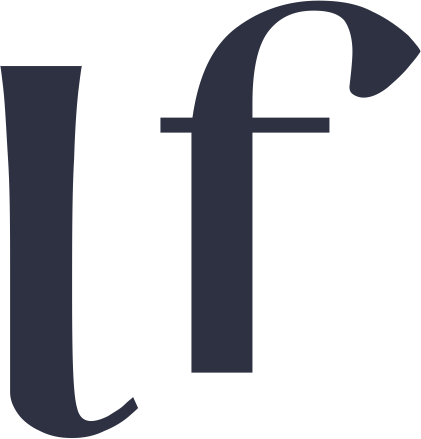11 Insider Secrets to Crafting an Irresistible RFP That Providers Can't Ignore!
Writing a Request for Proposal (RFP) can be a daunting task, especially if it's your first time. An RFP is a critical document in the procurement process, inviting providers to propose solutions to your organization's needs.
Here are essential tips to ensure your RFP is positioned for the best possible outcome:
1. Understand Your Needs: Begin with a clear understanding of the goals and requirements of your project. This clarity will help you articulate your needs precisely and ensure potential providers can propose relevant solutions.
2. Use Clear and Tailored Language: Ensure the language in your RFP is clear, concise, and tailored to the industry and services you're seeking. Avoid jargon that might be ambiguous, and ensure that your objectives are easily understandable.
3. Showcase Your Organization's Context: Provide a brief overview of your organization, including its culture, mission, and the specific challenges you're aiming to address. This context helps potential providers tailor their responses more effectively.
4. Emphasize Customization: Highlight the importance of customization in the solutions you're seeking. Make it clear that you value proposals that are specifically tailored to meet your unique needs and circumstances.
5. Detail Desired Outcomes: Clearly articulate the outcomes you expect from the project. This could include specific metrics for success, impact on your operations, or improvements in efficiency or effectiveness.
6. Include All Necessary Information: Ensure your RFP includes all the information providers need to submit a comprehensive proposal. This might include budget constraints, project timelines, and any specific requirements or constraints they should consider.
7. Encourage Inclusivity: If applicable, mention your expectations for proposals to consider inclusivity and how the solutions might cater to a diverse set of needs or users.
8. Provide Clear Submission Guidelines: Outline the process for submitting proposals, including the deadline, format requirements, and any necessary documentation. This clarity helps ensure that all proposals are comparable and meet your standards.
9. Offer Clear Evaluation Criteria: Detail the criteria you will use to evaluate proposals. This transparency helps providers focus their proposals on what's most important to you and ensures a fair selection process.
10. Include a Call to Action: Conclude your RFP with a clear invitation for providers to submit their proposals, including how and to whom they should reach out if they have questions. This openness can encourage more providers to participate.
11. Personal Touch: While maintaining professionalism, don't hesitate to add a personal note about your enthusiasm for the project and the potential impact of a successful partnership. This can make your RFP stand out and foster a positive initial engagement with providers.


